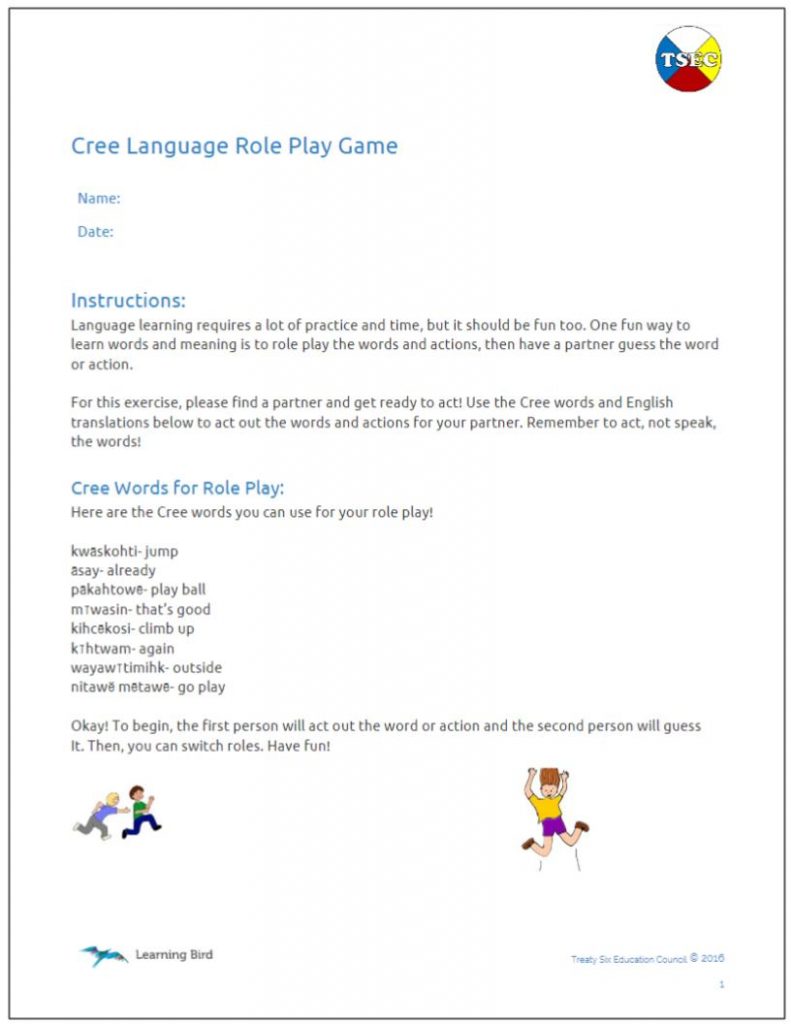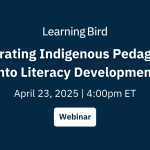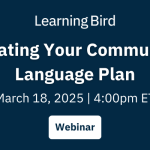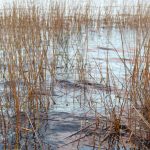International Year of Indigenous Languages
The United Nations has declared 2019 the International Year of Indigenous Languages (IY2019). This year’s goal is to raise awareness of the world’s Indigenous languages to benefit these language speakers and foster an appreciation of their contributions to our world’s cultural diversity. One of the ways we understand the world around us is through the language we speak. Our language helps frame our culture, worldview, and even our behaviours. Without speaking and understanding our languages, we lose access to a certain depth of understanding regarding our worldview and culture. Many Indigenous languages worldwide are in danger of disappearing for various reasons. In Canada, assimilative policies such as the Indian Residential School System and the Sixties Scoop are largely to blame for these language losses.
Governments, organizations, and businesses have partnered with UNESCO and taken action during the International Year of Indigenous Languages. The goal is to promote Indigenous languages, provide access to education in and about Indigenous languages, and support the revitalization of Indigenous languages. Perhaps even more important, though, are the efforts communities, schools, and individuals across the country are making to spread awareness of the beauty of their languages. One such example is the learners at Allison Bernard Memorial High School in Cape Breton, Nova Scotia, who translated and recorded a cover of Blackbird by the Beatles in Mi’kmaq.
Indigenous Languages in the Classroom
National Aboriginal History Month and National Indigenous Peoples Day are coming up. It seems fitting to celebrate the histories and worldviews held in Indigenous languages by highlighting the resources we have created in collaboration with our partners. The educators we work with want to see their learners using their languages to communicate in everyday interactions. The digital language resources we create with our partners help learners learn their mother tongue and focus on using words and phrases in authentic contexts. We are proud to feature resources that support listening to, learning, and using six different dialects from across Canada. The resources below showcase some examples of what we’ve created for each dialect.
Cree (th)
Created with: Nelson House
In this video, learners learn Cree words for different types of trade and travel by comparing the past and the present. It also introduces learners to the concept of sustainable development.
This video situates new Cree words into the real context of learning the cultural significance of various forms of transportation and the types of trade over the years. This context will help learners understand these vocabulary terms and their usage.
Cree (y)
Created with: Treaty Six Education Council
In this handout, learners have the opportunity to use Plains Cree words, which they have already learned, in a role-play exercise.
Offering learners the opportunity to hear and see words and speak and act out situations while using new vocabulary is a great way to encourage vocabulary retention.
Mi’kmaw
Created with: Potlotek First Nation
This video gives an overview of the Marshall Decision, a ruling by the Supreme Court of Canada about fishing regulations. It explains how the ruling came to pass and its importance for the Mi’kmaw Nation.
Learners must see how to use language in everyday and current contexts. This video teaches language while also teaching about an important legal victory for the Mi’kmaw Nation that continues to impact commercial fisheries in Nova Scotia.
Oji-Cree
Created with: Simon Jacob Memorial
This resource helps learners learn how to use basic sentences to express their emotions in Oji-Cree. It shows learners a picture of a person exhibiting an emotion and the Oji-Cree sentence. Learners then guess the corresponding sentence in English.
Language is, first and foremost, a tool for expressing ourselves. Teaching learners how to recognize, identify and explain their emotions is an important part of a educators’ role. Showing learners how to do those things in their language is a powerful experience. It may enable learners to express more than they could otherwise in English.
Ojibwe
Created with: Lac La Croix First Nation
This video looks at traditional methods of harvesting wild rice in Lac La Croix. It also explores some important ricing terms in the Ojibwe language.
This video stresses the connection between language and culture. Helping learners learn their language through participation in cultural activities is a great way to add a depth of understanding to both the traditions and words.
Saulteaux
Created with: Omiishosh Memorial School
In this video, learners learn from Pauingassi Elders about medicines for their hearts, toothaches, and skin. Learners also learn about some places where they can find these medicines.
While learning vocabulary words is an important part of introducing a base level of knowledge about a language. It isn’t until we use the language to communicate full thoughts and ideas that we can understand truly. This video offers the opportunity to learn about traditional medicines in Saulteaux.
You can find more resources to support these dialects on Learning Bird. Browse by ‘Languages’ and then filter to find resources for the dialect of your choice.
I have also shared a list of links below to help you learn more about Indigenous languages in Canada and about the International Year of Indigenous Languages declaration.
- First Voices
- Library and Archives Canada: Indigenous documentary heritage initiatives
- #IndigenousLanguages on Twitter
- University of Toronto’s list of First Nations, Métis, and Inuit Publishers and Distributors
If you are interested in collaborating with us to create digital resources to help your learners learn their language, reach us at achieve@learningbird.com or call 1-888-844-9022.









